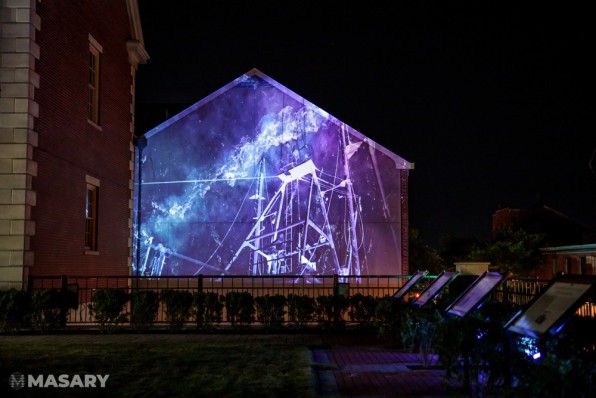RAMI EL SAMAHY
Massachusetts’ Gateway Cities were industrial hubs that declined in the mid-20th century. But a series of government-led initiatives helped bring them back.
Until recently, the outlook for Massachusetts’ Gateway Cities was bleak. These midsize urban centers had flourished during the 19th century industrial era, becoming “gateways” to generations of new Americans. But by the 1960s, they began to decline, as factories closed and the populations shrank. Still, many of the buildings—spinning mills, weave sheds, shoe factories—remained intact, even if often vacant.
Similar conditions can be found in industrial hubs across the country (think Youngstown, Ohio, or Flint, Michigan). Some refer to them as “shrinking cities” or “stagnating cities,” leading others to declare them on life support.
In Massachusetts, however, a series of recent government-led initiatives have quietly and steadily devised ways to improve life in these cities. These efforts point to a possible way forward for design professionals to engage with government, nonprofits, and the private sector as a crucial part of the solution.

Image: Aram Boghosian/MASARY/courtesy of the author
With a focus on art and technology, DATMA organizes a yearly public art initiative in New Bedford. In 2020, MASARY studios created VESSELS, a visual and auditory experience celebrating the city’s fishing ships. The work was projected in three installations across the downtown.
Read the full article HERE!
